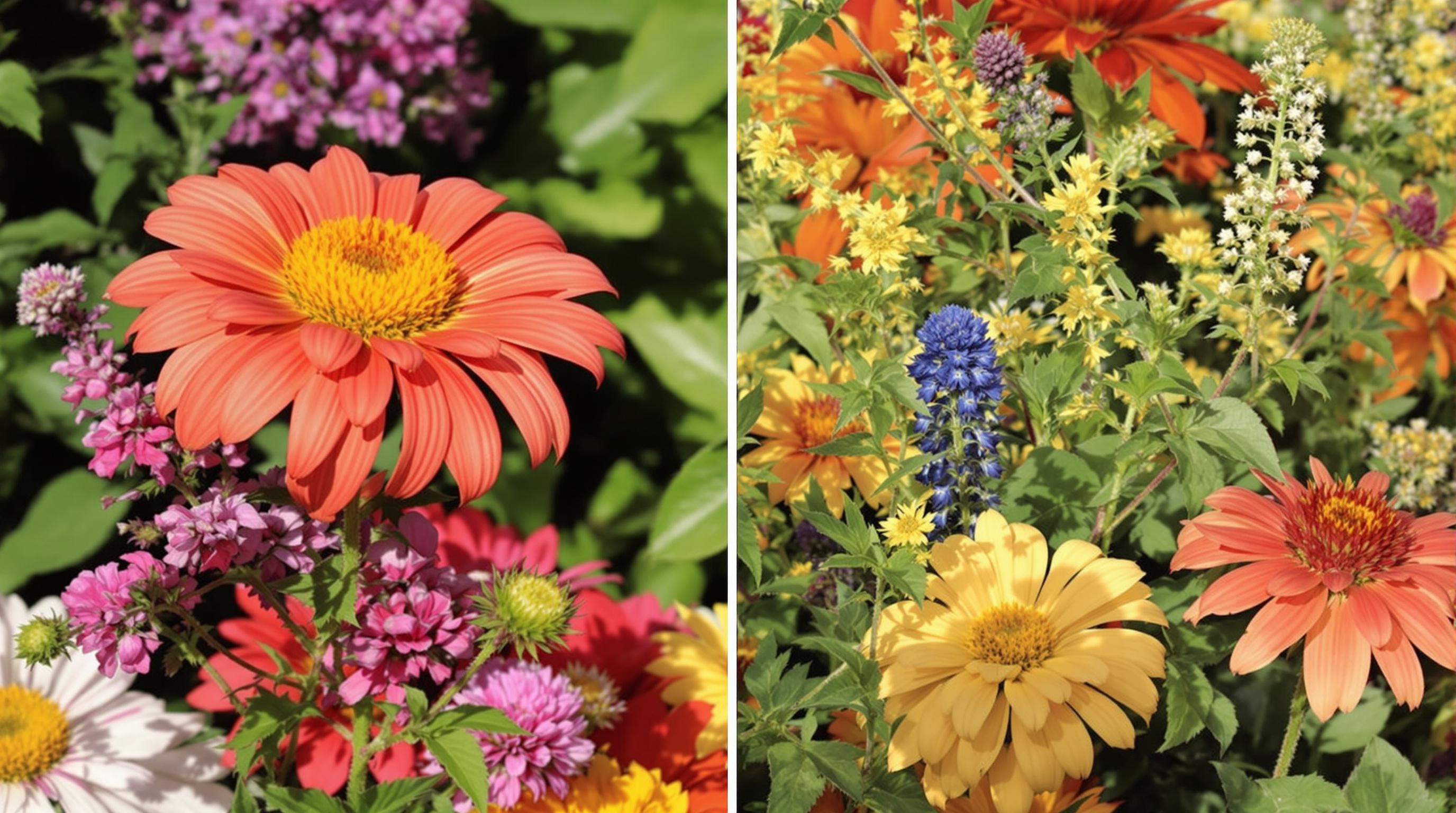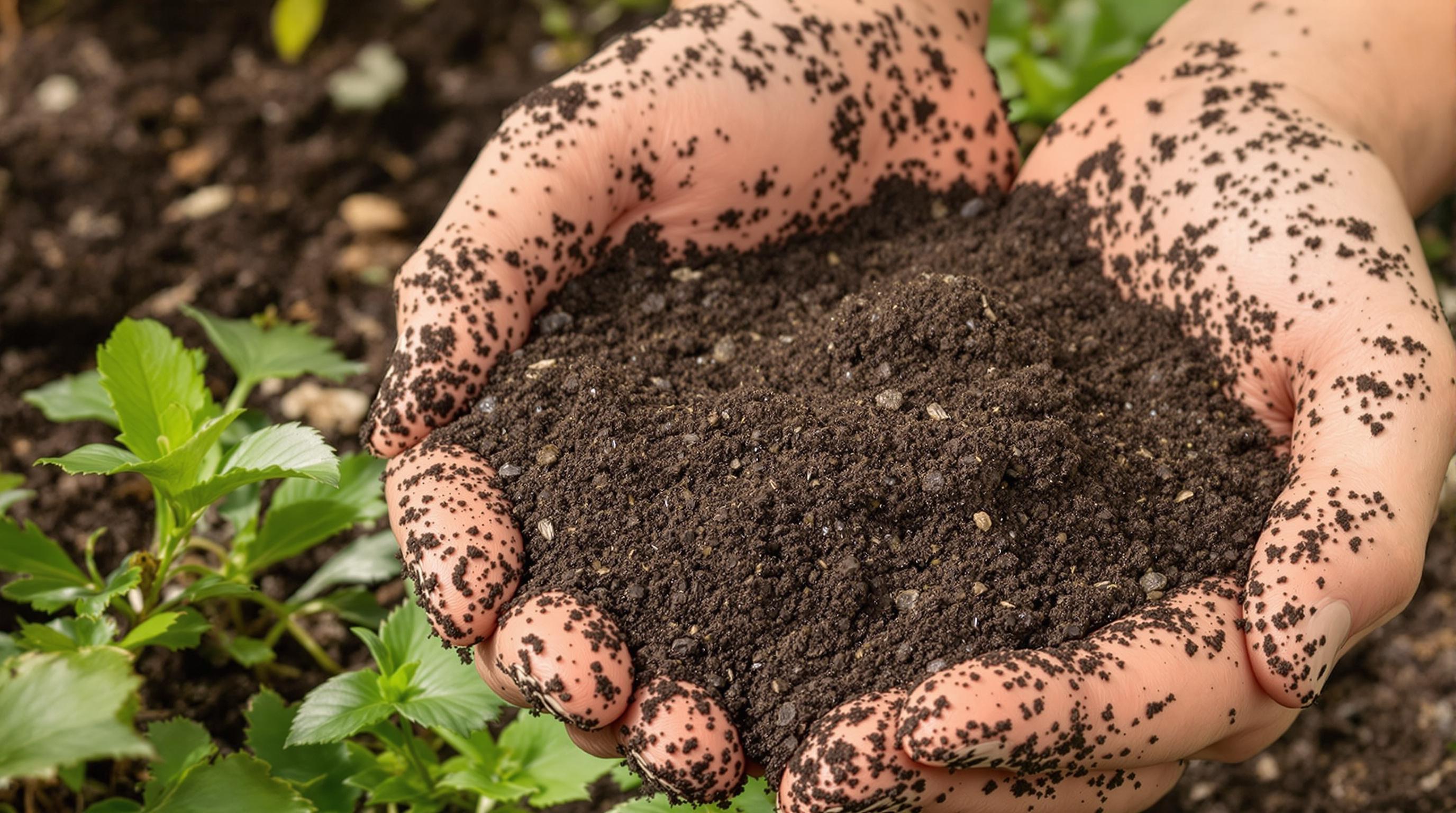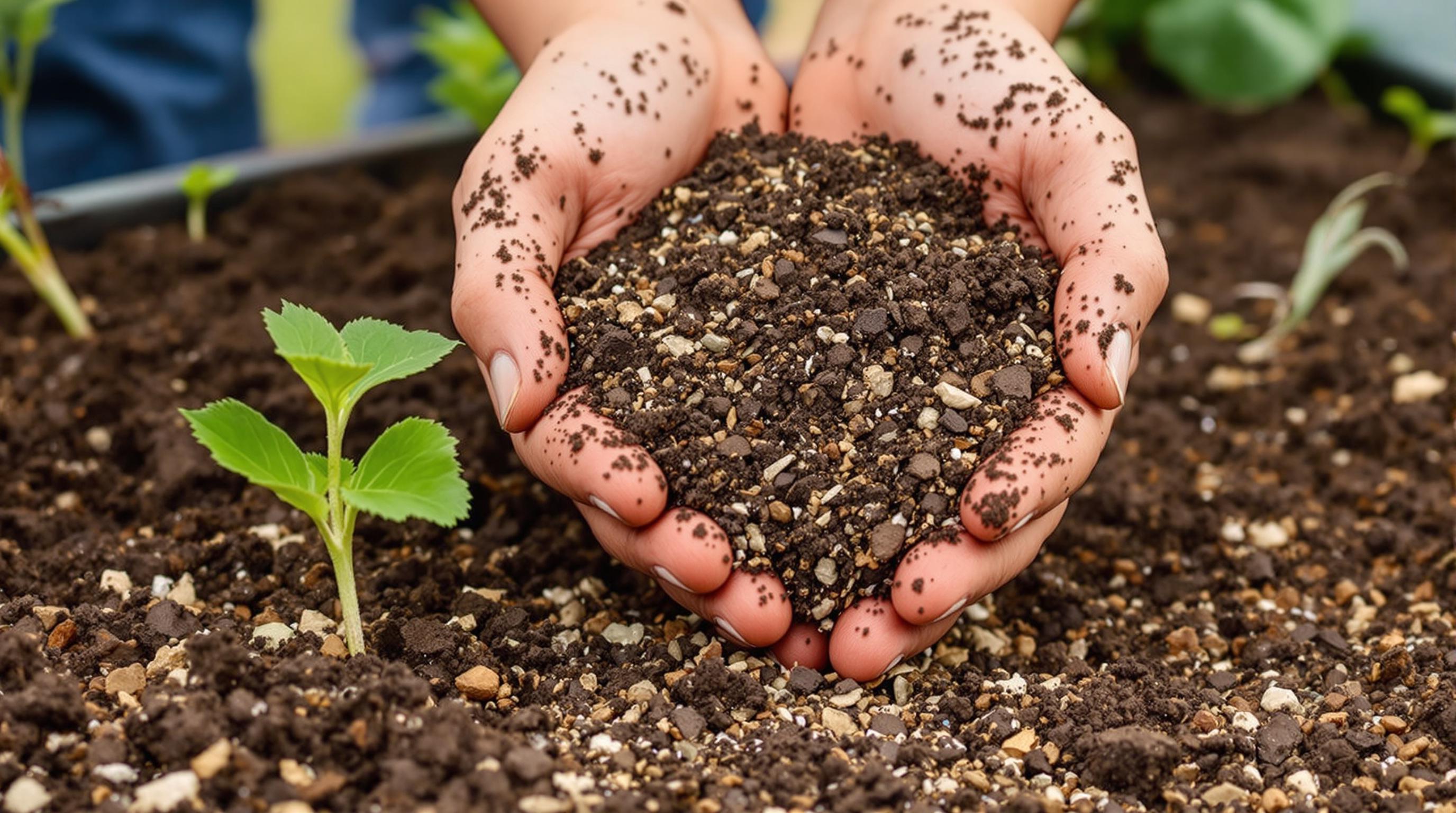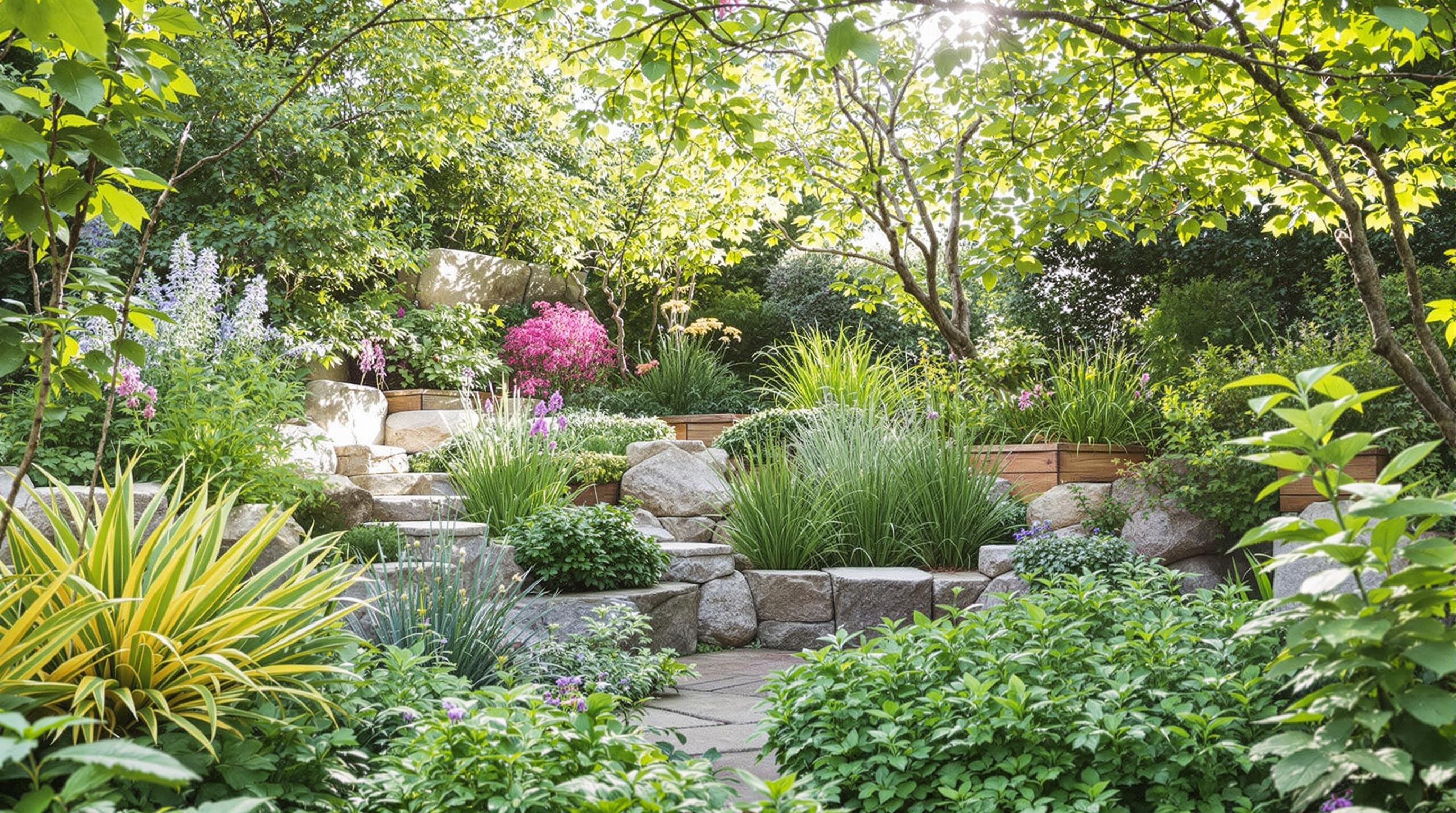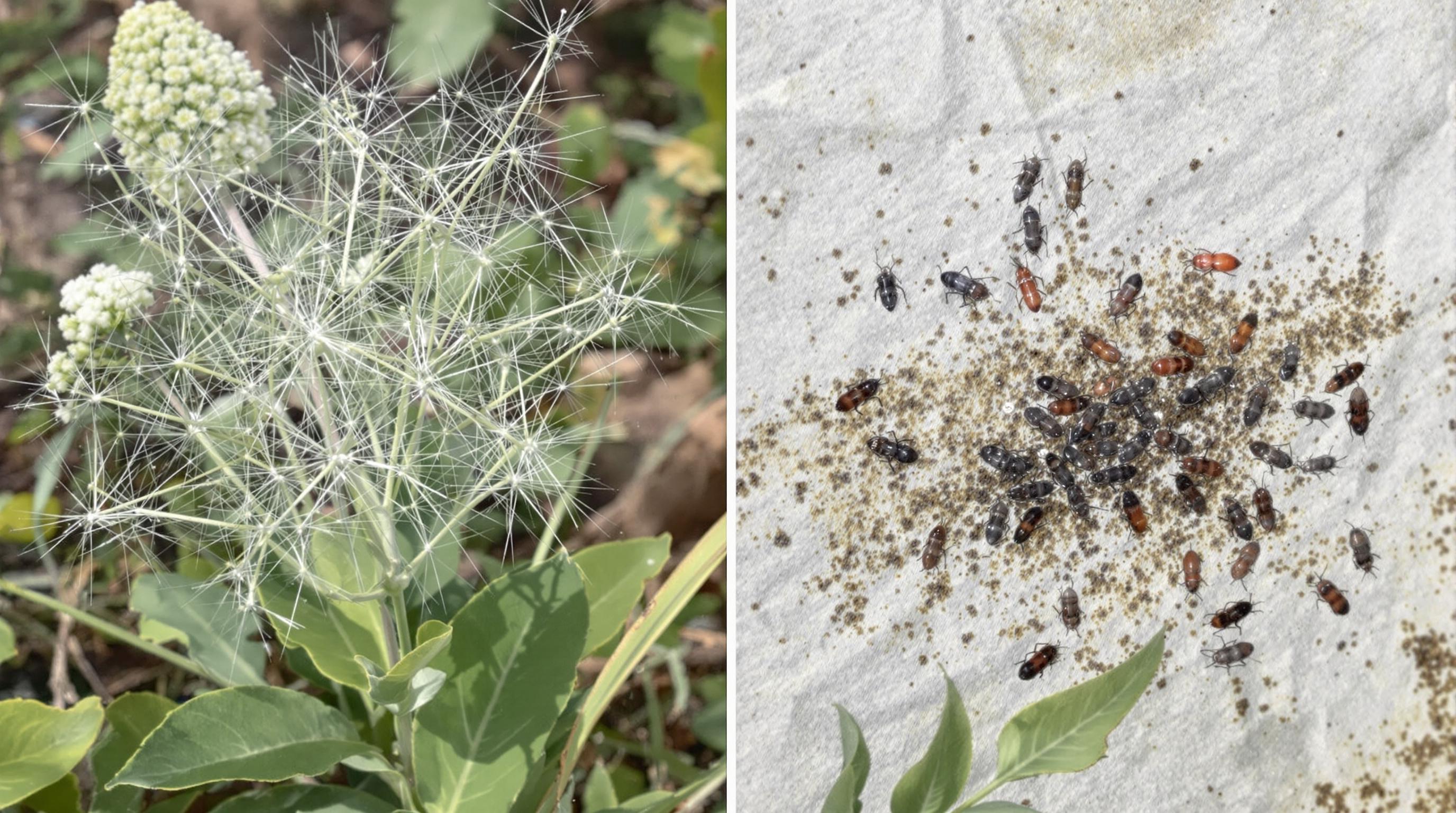Related Articles
- The Hidden Influence of Ergonomics: How Tool Design Shapes Our Physical Spaces and Daily Lives
- The Silent Influence: How Hidden Home Implements Shape Our Daily Routines and Spaces
- The Counterintuitive Role of Chaos: How Messy Tool Storage Can Lead to Unexpected Home Innovations
- Exploring the Unseen: How Audio Experiences Shape the Art of Domestic Spaces and Color Perception
- Rethinking the Mundane: How Everyday Objects are Becoming the Canvas for Modern Artistic Expression in Home Spaces
- Cultivating Chaos: The Surprising Benefits of Embracing Weeds in Your Garden Ecosystem
8 Overlooked Plant Companions That Can Transform Your Landscape Aesthetics and Promote Healthy Garden Ecosystems
8 Overlooked Plant Companions That Can Transform Your Landscape Aesthetics and Promote Healthy Garden Ecosystems
8 Overlooked Plant Companions That Can Transform Your Landscape Aesthetics and Promote Healthy Garden Ecosystems
1. Sweet Alyssum
Sweet Alyssum, with its delicate white, pink, or lavender flowers, is often overlooked in garden design. This low-growing annual not only adds a soft touch to your landscape but also attracts beneficial insects, such as honeybees and hoverflies. Its fragrant blooms create an inviting atmosphere for both people and pollinators.
Beyond its aesthetic appeal, Sweet Alyssum has practical benefits for your garden. Its dense growth helps to suppress weeds and retain soil moisture. This characteristic is particularly valuable during hot summer months when water conservation is crucial.
Planting Sweet Alyssum alongside vegetables can lead to improved yields, as its flowers serve as a magnet for pollinators that can enhance the produce of neighboring plants. Pairing it with taller plants also provides a beautiful visual contrast.
2. Bee Balm (Monarda)
This vibrant perennial is not just a feast for the eyes; Bee Balm is also a powerhouse for garden biodiversity. Its bold red, pink, or purple blooms add a splash of color, and its rich nectar attracts a wide variety of pollinators, like butterflies and hummingbirds, making it a valuable addition to any garden.
Bee Balm thrives in moist soil and can be an excellent companion to other plants that require similar conditions. Furthermore, its aromatic foliage can help deter unwanted herbivores, reducing the need for chemical deterrents.
This companion plant can also serve a dual purpose: its leaves can be infused to create a soothing herbal tea, making it not only aesthetically pleasing but also functional for your culinary adventures.
3. Comfrey
Comfrey is a robust perennial that offers substantial benefits for both soil health and aesthetics. Its large leaves can be used as a natural mulch to retain moisture and suppress weeds. This makes Comfrey an excellent companion for vegetable gardens, where healthy soil is directly linked to plant vitality.
Not only does Comfrey improve soil structure, but it also attracts beneficial insects, such as bees and ladybugs. Its deep roots capture nutrients that are often out of reach for other plants, bringing those nutrients back to the surface when its leaves decompose.
With its large, bell-shaped flowers, Comfrey can also serve as a stunning focal point in any garden, adding texture and interest throughout the growing season. Its striking appearance combined with its practical benefits makes it a must-have in your garden arsenal.
4. Chives
Chives are much more than a culinary herb; they are a wonderful companion plant that can enhance your garden both aesthetically and functionally. Their bright green, tubular leaves bring a fresh look to your garden, while their purple flowers attract pollinators.
As a companion plant, chives can help deter pests such as aphids and Japanese beetles, making them a natural pest management solution. Their presence can protect nearby vegetables, increasing overall crop yields.
Furthermore, chives are easy to grow and require minimal care, making them an accessible option for gardeners of all experience levels. Consider planting them alongside tomatoes and carrots for a synergistic effect that enhances flavor and health.
5. Marigolds
Marigolds are a gardener’s favorite for their bright colors and pest-repelling properties. The flowers come in various shades of yellow, orange, and red, instantly brightening any landscape aesthetic. Their bold blossoms can easily draw the eye, making them perfect for borders or mixed beds.
What many may not realize is that marigolds are effective at repelling nematodes, aphids, and other garden pests. This makes them a valuable companion plant for not just ornamentals but also vegetable gardens. The strategic placement of marigolds can greatly reduce pest populations.
Marigolds are simple to grow and tolerate a variety of soil conditions, making them an excellent choice for novice and experienced gardeners alike. Adding marigolds to your garden not only brings beauty but also enhances the health of your ecosystem.
6. Yarrow (Achillea millefolium)
Yarrow is a perennial herb known for its feathery foliage and clusters of tiny flowers, which can range from white to vibrant yellow. This plant brings beauty and texture to any landscape while providing numerous ecological benefits. Its flowers are a favorite among pollinators, helping to support biodiversity.
As a companion plant, yarrow helps improve soil health by attracting beneficial insects, such as parasitic wasps and predatory beetles that naturally manage pest populations. This can significantly reduce the need for chemical pest control.
Yarrow also has medicinal properties, often being used as a natural remedy for minor wounds. Thus, adding yarrow to your garden not only enhances aesthetics but also invites a layer of self-sufficiency and healing into your gardening practice.
7. Nasturtiums
Nasturtiums are often celebrated for their vibrant flowers and edible leaves, making them not just attractive but also practical. With colors ranging from bright orange to deep red, these plants can add a lively touch to any garden or container.
As companion plants, nasturtiums act as a trap crop, luring aphids away from more valuable plants, hence providing a protective barrier. The leaves and flowers can be added to salads, offering an enjoyable peppery flavor, further enhancing their value in your garden.
They are relatively low-maintenance and thrive in poor soil, reducing the need for fertilizers. By planting nasturtiums, you not only create a visually stunning landscape but also promote a healthier, balanced garden ecosystem.
8. Borage
Borage, with its striking blue star-shaped flowers, is a visually enchanting plant that can elevate any garden. This herb serves as an excellent companion for various vegetables, notably tomatoes and squash, as it helps improve their flavor and growth.
Borage is known to attract pollinators and beneficial insects, making it a key player in promoting a thriving ecosystem within your garden. It also accumulates beneficial minerals, such as potassium, which can enhance soil health when its leaves are chopped and composted.
Additionally, borage is an edible herb, and its leaves can be used in salads or as a garnish. Its dual purpose as both an ornamental and utilitarian plant makes it a perfect addition for gardeners looking to enhance their landscape while promoting overall garden health.
